Leedon Park House – Foster + Partners – Singapore
Architect: Foster + Partners
Location: Singapore
Appointment: 2003
Construction start: 2004
Completion: 2006
Area: 5.016 m²
Client: Pontiac Land Group
Collaborating Architect: Architects 61 Pte Ltd
Structural Engineer: Web Structures Pte Ltd
Quantity Surveyor: Rider Hunt Levitt Bailey
M+E Engineer: J. Roger Prestons Pte Ltd
Landscape Architect: Studio Steed
Lighting Engineer: Claude Engle Lighting Design
Combining discreet family accommodation with generous spaces for entertaining, the design of this house in Leedon Park balances the constraints of the site with the alternating requirements for privacy and transparency. Leedon Park is characterised by detached, low-rise houses set back from the road, but the house owes more to the simplicity of a Thai sala and the concept of an adaptive architecture than any local style. The tropical climate is exploited in the planting of the garden, while the deep overhang of the roof, raised above a layer of clerestory windows, offers protection from the sun and monsoon rains.
Set into sloping terrain, the house is arranged primarily over a single level, deepening to two storeys as it steps down the hill.
Two parallel wings contain guest and family suites respectively, the latter looking out across a pool. The central sequence of rooms is designed to provide a setting for large events or more intimate gatherings. Within this group, the dining room is articulated as a glass pavilion, projecting into the garden. Following the traditional Oriental approach to landscape, window openings are placed to frame selected views, in which the positioning of trees and stones has been carefully orchestrated; and in keeping with the principles of feng shui, the plan is arranged to encourage indirect movement between spaces, symbolically slowing the flow of energy through the house.
Geometric rills cut into the stone floor of the entrance hall introduce water as unifying natural element; its treatment throughout varies in depth, movement and illumination to complement the tone and function of the different parts of the house.
The rooms themselves are conceived as a sequence of tactile experiences, animated by the changing light. The stone walls are rusticated to contrast with the smooth floors and cut into deep bands. In places, segments of onyx are embedded in the walls, while in others a slim layer of stone has been inserted between two layers of glass to form translucent shading screens. Illuminated recesses and stone plinths are integrated to aid the display of the client’s extensive collection of art.
- Leedon Park House – Foster + Partners – Singapore
- Leedon Park House – Foster + Partners – Singapore
- Leedon Park House – Foster + Partners – Singapore
- Leedon Park House – Foster + Partners – Singapore
- Leedon Park House – Foster + Partners – Singapore
- Leedon Park House – Foster + Partners – Singapore
- Leedon Park House – Foster + Partners – Singapore
- Leedon Park House – Foster + Partners – Singapore
- Leedon Park House – Foster + Partners – Singapore
- Leedon Park House – Foster + Partners – Singapore
- Leedon Park House – Foster + Partners – Singapore
- Leedon Park House – Foster + Partners – Singapore
- Leedon Park House – Foster + Partners – Singapore
- Leedon Park House – Foster + Partners – Singapore
- Leedon Park House – Foster + Partners – Singapore
- Leedon Park House – Foster + Partners – Singapore
- Leedon Park House – Foster + Partners – Singapore
- Leedon Park House – Foster + Partners – Singapore
- Leedon Park House – Foster + Partners – Singapore
- Leedon Park House – Foster + Partners – Singapore

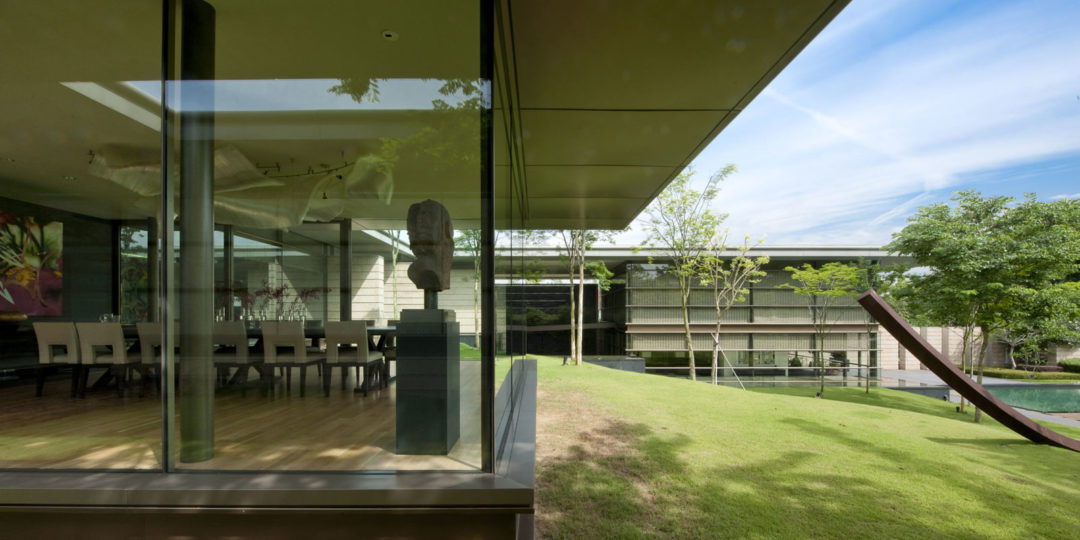
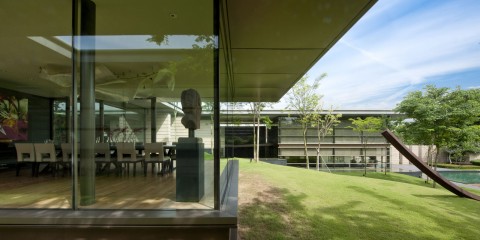

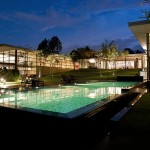
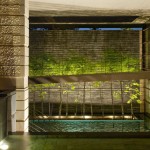

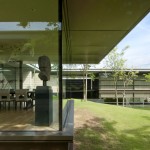
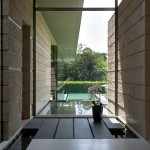
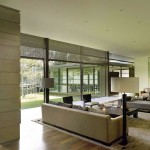
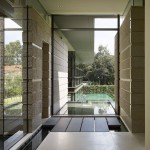
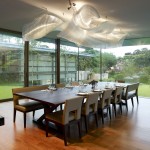
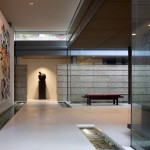
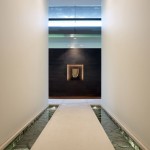
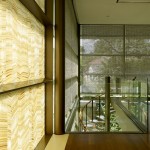
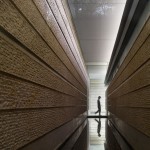
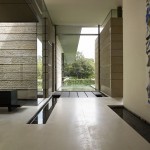
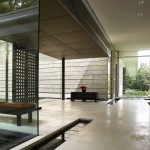
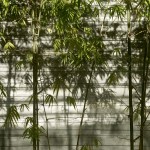
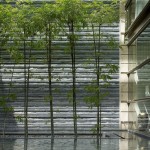
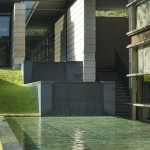
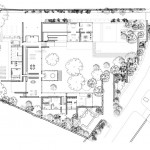




No Comments